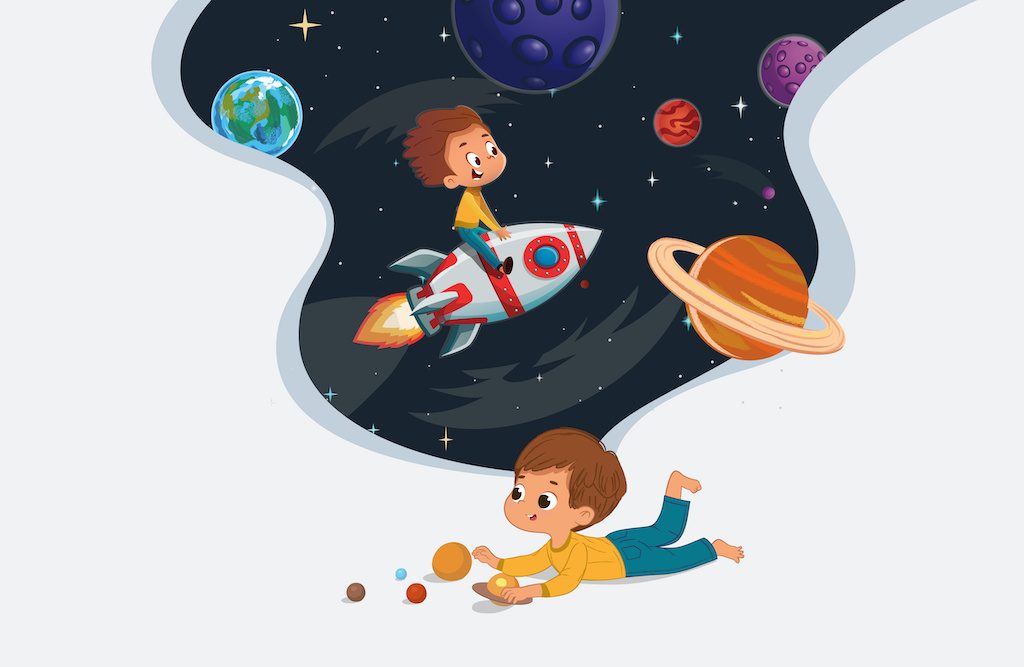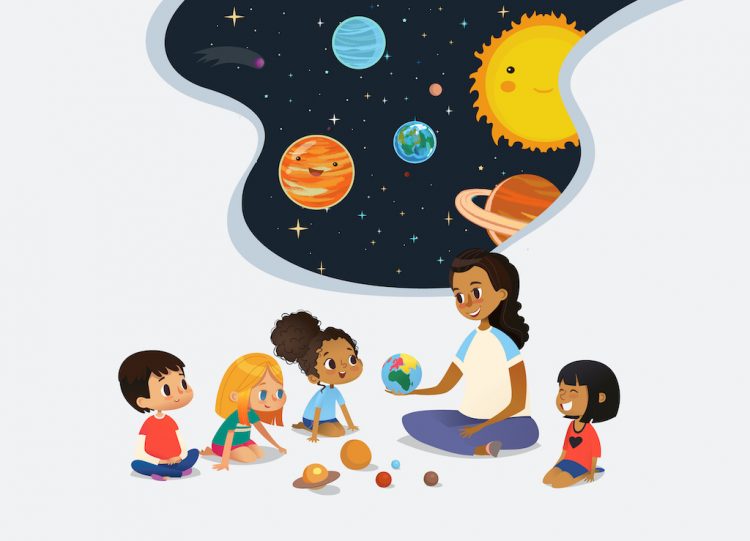In the UK, several frameworks and building blocks exist when it comes to primary early years education. They form the basic, concrete learning framework we must follow. These core building blocks form the foundation of pedagogy but fail to provide the critical functionality of how this works out in daily interaction. After all, every child is different in how they think, feel, interact, and respond. Having a “one size fits all” approach for every unique and individual child is just short of a recipe for disaster.
That’s why core understanding of different early years pedagogy is beneficial; it adds methods, techniques, strategies, and tools needed to improve educational growth and development. That’s not to say you need to adopt and implement everything you read; after all, that would be practically impossible. But you can integrate critical pieces into your toolbox to help build a more robust educational framework for both you and your children.
Key Early Years Pedagogies
It’s important to note that not every pedagogy is going to be listed below. It’s not that one is more influential or beneficial than others, nor should one specific method be followed exclusively. On the contrary, studies have shown that a generalized pedagogical approach with several different influences is more effective.
1. Montessori
Through thousands of scientific observations, Maria Montessori developed the Montessori pedagogy. There are five curriculum areas: culture, mathematics, language, sensory, and practical life. As such, open-ended resources are necessary to encourage and engage these five key areas, with self-directed learning being the main objective.
The Environment:
Calm, focused learning is at the front of Montessori education, focusing on creating a nurturing, safe, and ordered environment. The main objective is self-directed learning, as opposed to rigid or directed activities. Formulating life skills and independence is essential within a Montessori, involving young children in daily tasks and activities. As a practitioner, you’ll be responsible for establishing open-ended resources for the children to interact or engage with. As a result, the Montessori encourages respect for things and the building of essential life skills.
2. Reggio Emilia
Loris Malaguzi initially developed this heavily child-led approach shortly after World War II. This approach maintains that every child can build their learning, pushing adults to support their learning without interfering. With a child-led play and exploratory focus, children lead with capable, strong, and interest-focused education.
The Environment:
The Reggio Emilia approach believes that children are naturally born-communicators, expressing themselves through the 100 languages of children. It highlights the many different forms of communications, requiring practitioners to hone in and genuinely engage. With a strong belief in hands-on learning, communication is through various methods, from verbal, dance, sculpting, or visual art mediums. The idea behind these activities is self-expression and the development of problem-solving skills. It’s important to focus on how interactions between children and educators take place, only acting as a guide in communication, preventing interruption or influencing the child’s interests.
3. Forest Schools
Developed in the 1950s in Denmark, learning through hands-on experiences in a woodland environment is the core foundation. Children are encouraged to discover and explore the natural environment without strict rules. Risky play (for example, climbing trees, jumping off logs, getting “lost”, or rapid speeds) is not only allowed, but it’s also at the front of this pedagogy.
The Environment:
A large portion (if not all) of learning is outside in a natural environment, like a woodland or forest, connecting children to self-directed learning in nature, hence the name Forest School. Risky play is an extensive part of forest schooling, so emphasis on limitations is essential. Likewise, practitioners need to understand the need for allowing risk in this environment. Children are encouraged to lead their learning through trial and error, risk and reward, and understanding trial and error. This pedagogy challenges the idea that young ones need to be protected and instead pushes them to discover their own physical and mental limitations.

4. Froebel
As a significant influence in developing kindergarten, the Froebel pedagogy uses play-led learning as the basis for learning. This approach encourages play, connecting it to children’s direct view of the world around them. It highlights that child-initiated play is intensely beneficial, as the child is engaged and motivated to discover. This pedagogy also believes that all learning is intertwined, with multiple areas of learning coinciding simultaneously. As a result, it encompasses that childhood is more than preparing for adulthood; it’s meant to be embraced and encouraged.
The Environment:
Constructive play takes the front of the Froebel approach, meaning practitioners will need to offer plenty of options for learning. It’s also vital to recognize play opportunities in line with childhood development so that children can play confidently and contently. The idea is to focus on what a child can do instead of what a child cannot do. Froebel believed that children need opportunities to make decisions, choices, and mistakes throughout learning. These actions allow a child to determine what is right or wrong for them individually instead of being told the correct approach. Likewise, communication with other children and adults is also important.
Understanding the Why Behind Different Pedagogies
Unfortunately, it’s not enough to read a pedagogy and want to implement it into your practice. You’ll want to know why it speaks to you, how it connects to you, and how it can be introduced effectively in your work setting.
You’ll want to research and understand the critical structures of the pedagogy before practising them in your setting. It’s not enough to read something and connect with it; you’ll want to understand the reason it calls you.
Is there something specific that makes sense to you?
Is it something you believe will resonate with your children?
What portion of the pedagogy appeals most to you?
What could be met with resistance or reservation?
Educating yourself is necessary for implementing a seamless transition and understanding its impact on children in your care. Only when you have a solid and complete understanding of the pedagogy will you truly choose an area that benefits the children’s learning (and quality of care).
You might also like:
A Peep into the Evolution of Early Childhood Education > View Article



